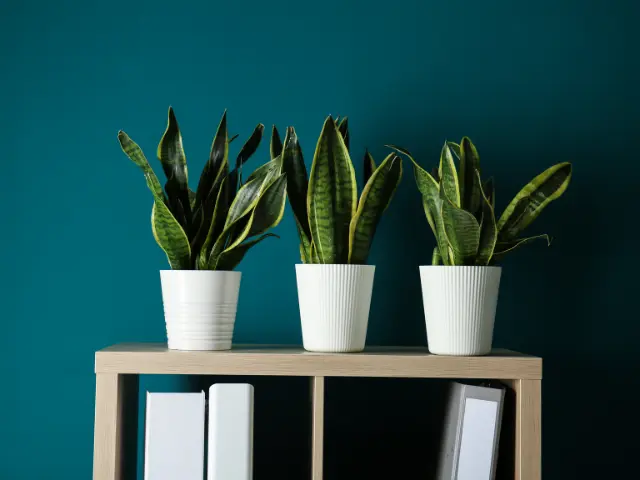
Discover Rare Snake Plant Varieties That Will Beautify Your Home
Discover the different varieties of snake plants, their unique characteristics, and why they’re a popular choice for indoor gardening. Learn about the popular types, unique features, and interesting facts about these resilient houseplants.
Share This Post!
Plants can instantly transform any space, adding a touch of nature and tranquility. Among the various options available, snake plants, also known as sansevierias or serpent plants, have become particularly popular.
But did you know that there are numerous unique varieties of snake plants, each with its own set of fascinating features? In this post, we’ll explore some amazing, rare snake plant varieties, their intriguing characteristics, and why they’re a favorite among plant enthusiasts, home gardeners, and interior designers.
Snake plants are a staple in many homes and offices due to their striking appearance and low maintenance requirements. This post will introduce you to a variety of snake plants, both common and rare, their unique characteristics, and interesting facts that make them a must-have for any indoor garden.
Table of Contents
Overview of Snake Plants
General Characteristics
Snake plants are characterized by their stiff, upright leaves, which come in a variety of shapes, sizes, and colors. The most common varieties feature green leaves with lighter green or yellow variegated patterns. These plants are known for their hardiness and ability to thrive with minimal care, making them an excellent choice for busy individuals or those new to gardening.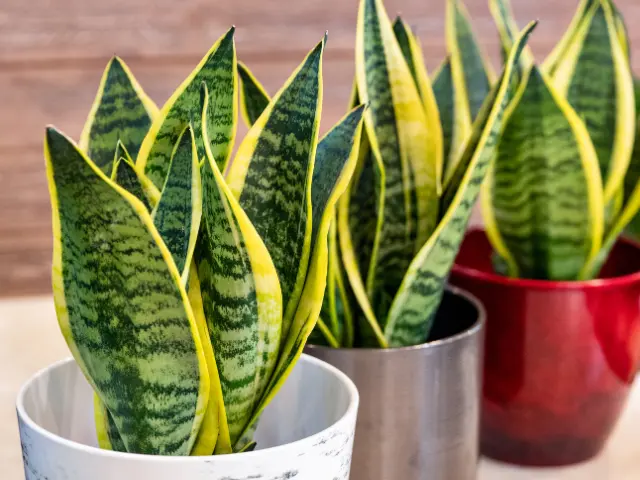
History and Origin
The snake plant originates from West Africa, specifically Nigeria and the Congo. Historically, it has been used for its durable fibers in making ropes, baskets, and bowstrings. Culturally, it is considered a symbol of good luck and is often used in Feng Shui.
| Botanical Name | Sansevieria |
|---|---|
| Common Names | Snake Plant, Mother-in-Law’s Tongue, Viper’s Bowstring Hemp |
| Leaf Structure | Thick, sword-like leaves that can grow vertically or in a rosette pattern |
| Color Variations | Ranges from dark green to light green, with some varieties featuring yellow edges or silvery hues |
| Growth Rate | Slow to moderate, depending on environmental conditions |
Popularity as Houseplants
Snake plants have become a staple in homes and offices around the world, thanks to their striking appearance and low maintenance requirements. Here are a few reasons why they are so popular:- Low Maintenance: Snake plants require very little water and can tolerate a range of lighting conditions, from low light to bright, indirect sunlight. This makes them ideal for people who may forget to water their plants or have limited natural light in their living spaces.
- Air Purification: Snake plants are known for their air-purifying qualities. According to a study by NASA, they can remove toxins such as formaldehyde, benzene, and xylene from the air, improving indoor air quality.
- Aesthetic Appeal: The tall, architectural form of snake plants adds a modern and elegant touch to any room. Their versatility in design allows them to complement a wide range of interior styles, from minimalist to bohemian.
- Health Benefits: Beyond air purification, snake plants can also help increase humidity levels in your home, which can be beneficial for respiratory health and skin hydration.
Common Snake Plant Varieties
Sansevieria Trifasciata (Mother-in-Law’s Tongue)
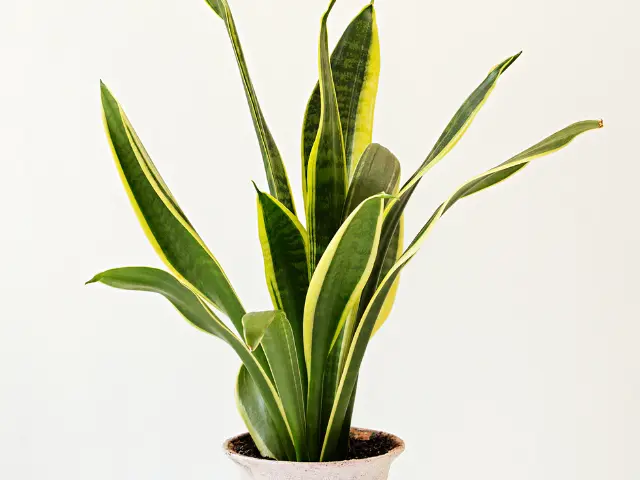
Description and Characteristics:
Sansevieria trifasciata, commonly known as Mother-in-Law’s Tongue, is perhaps the most recognized and widely grown variety of snake plant.
It features long, upright leaves that are typically dark green with light gray-green horizontal stripes. The leaves are thick and leathery, growing in a rosette form that can reach up to several feet in height. This variety is known for its air-purifying abilities and resilience, thriving in various indoor conditions.
Origin and History:
Native to tropical West Africa, particularly Nigeria and Congo, Sansevieria trifasciata has been cultivated for centuries as a houseplant due to its adaptability and aesthetic appeal.
It gained popularity in Europe and later in North America during the Victorian era, where it was valued both for its beauty and its ability to purify indoor air.
Sansevieria Cylindrica (Cylindrical Snake Plant)
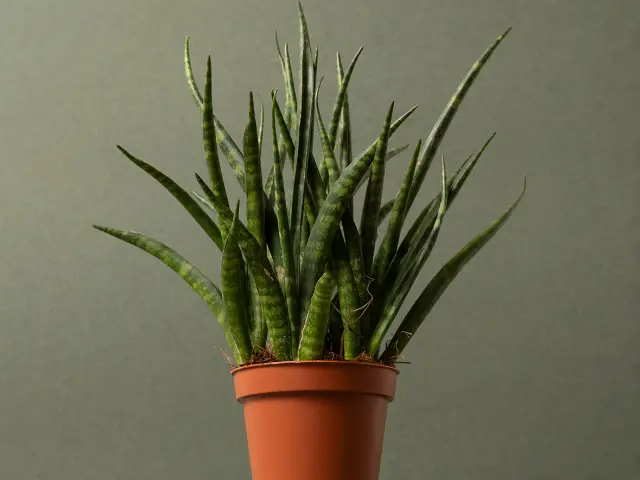
Description and Characteristics:
Sansevieria cylindrica, also known as the Cylindrical Snake Plant or African Spear, is distinguished by its cylindrical, upright leaves that grow in a fan-like arrangement.
Unlike the flat, sword-like leaves of Sansevieria trifasciata, this variety has round, smooth leaves that can grow to be quite tall.
The leaves are green to gray-green in color and often feature dark green vertical stripes.
Origin and History:
Native to Angola, Kenya, and other parts of East Africa, Sansevieria cylindrica has a more modern appeal compared to other snake plant varieties.
It has gained popularity in contemporary interior design for its unique shape and architectural form. Historically, it has been used locally for its fiber, which is extracted from the leaves and used to make ropes and baskets.
Sansevieria Zeylanica
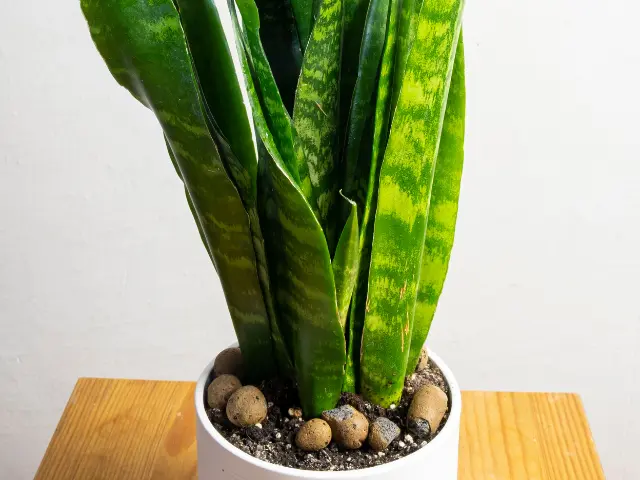
Description and Characteristics:
Sansevieria zeylanica, also known as the Ceylon Bowstring Hemp, features long, sword-shaped leaves that are dark green with light gray-green horizontal stripes.
The leaves are narrower compared to Sansevieria trifasciata and grow in an upright, clustered form. This variety is known for its durability and ability to thrive in low-light conditions.
Origin and History:
Native to Sri Lanka (formerly Ceylon) and other parts of South Asia, Sansevieria zeylanica has been cultivated for its decorative foliage and adaptability to indoor environments. It is valued as a low-maintenance plant that can tolerate neglect and low light, making it a popular choice for indoor gardening.
Whale Fin Sansevieria – Sansevieria Masoniana
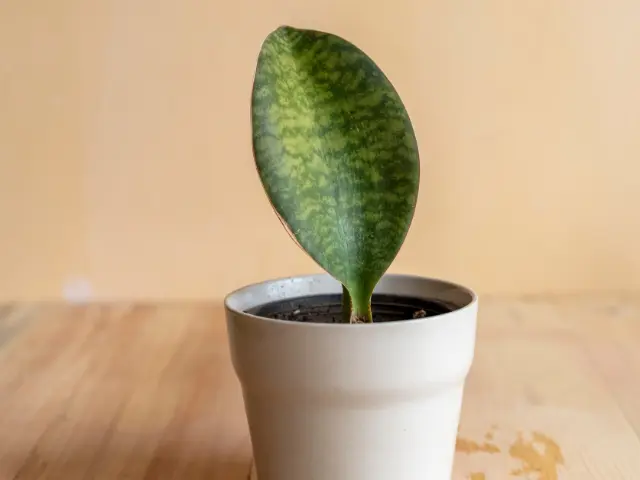
Description and Characteristics:
Whale Fin Sansevieria, also known as Sansevieria masoniana, is named for its large, paddle-shaped leaves that resemble a whale’s fin.
The leaves are thick and succulent, with a mottled pattern of dark green and light green. This variety stands out for its size and unique leaf shape, making it a focal point in any indoor garden.
Origin and History:
Native to the Congo region of Central Africa, Sansevieria masoniana is a relatively rare species prized by collectors for its distinctive appearance. It has gained popularity among plant enthusiasts for its robust growth and impressive size, with mature plants reaching heights of up to four feet or more.
Unique Features
- Paddle-Shaped Leaves: The distinctive shape of the leaves sets Sansevieria masoniana apart from other snake plant varieties, making it a focal point in any indoor garden.
- Size and Growth: Mature plants can grow up to four feet tall, adding height and structure to indoor spaces.
- Low Light Tolerance: It thrives in low light conditions, making it suitable for offices or rooms with minimal natural sunlight.
Unique and Rare Snake Plant Varieties
Sansevieria Moonshine
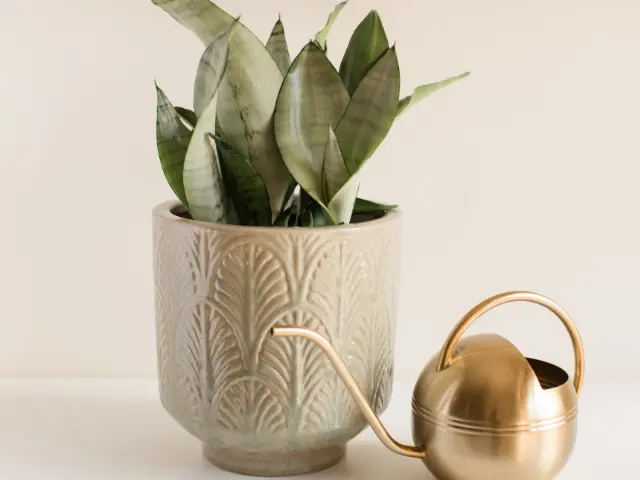
Description and Characteristics:
Sansevieria Moonshine, known for its silvery-green leaves, is a striking variety that adds a modern touch to indoor spaces.
The leaves are long and narrow, growing upright in a clustered rosette form.
The foliage has a smooth texture and a glossy sheen, giving it an almost metallic appearance.
Unique Features
- Silvery-Green Foliage: The leaves of Sansevieria Moonshine have a unique silvery-green color that sets it apart from other snake plant varieties.
- Low Maintenance: Like other snake plants, Sansevieria Moonshine is low maintenance and tolerant of neglect, making it ideal for beginners.
- Air-Purifying Qualities: It contributes to indoor air purification by removing toxins such as formaldehyde, benzene, and xylene.
Sansevieria Black Gold
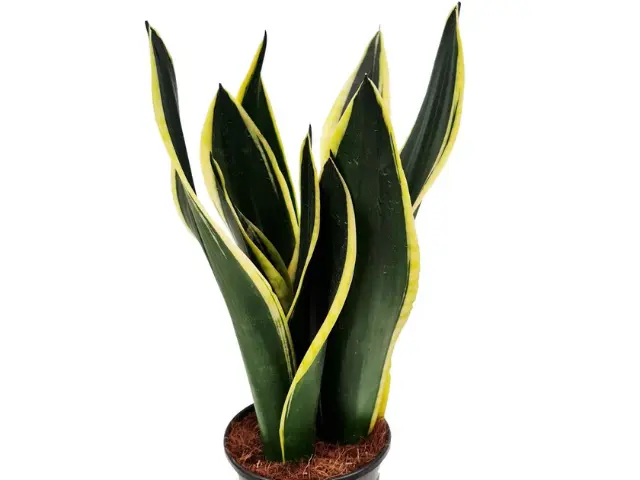
Description and Characteristics Sansevieria Black Gold is noted for its dark green leaves with striking golden-yellow edges. The leaves are long and pointed, growing upright in a fan-like arrangement.
This variety stands out for its contrasting colors, adding a vibrant and elegant touch to any room.
Unique Features
- Contrasting Foliage: The dark green leaves with golden-yellow edges create a dramatic contrast, making Sansevieria Black Gold a visually appealing houseplant.
- Drought Tolerance: It can withstand extended periods without water, making it a resilient choice for indoor environments with variable humidity levels.
- Decorative Appeal: Sansevieria Black Gold is prized for its ornamental value and ability to enhance the aesthetics of modern interiors.
Interesting Facts and Stats About Snake Plants
Air Purification Abilities
NASA Study on Air Purification:
Snake plants, scientifically known as Sansevieria, are renowned for their air-purifying capabilities. A NASA Clean Air Study found that snake plants can effectively remove toxins such as formaldehyde, benzene, and xylene from indoor air.
This makes them not only decorative houseplants but also beneficial for improving indoor air quality.
How Snake Plants Improve Indoor Air Quality?
Snake plants absorb carbon dioxide and release oxygen during the night, unlike most plants that do so during the day. This unique ability makes them ideal bedroom plants, contributing to better sleep quality by enhancing air freshness.
Cultural Significance
Use in Feng Shui:
In Feng Shui, snake plants are believed to bring positive energy and good luck into homes. Placing them in the eastern or southeastern areas of a room is thought to attract beneficial chi (energy) and promote harmony and prosperity.
Symbolism in Different Cultures:
Snake plants hold cultural significance beyond Feng Shui. In various cultures, they symbolize qualities such as resilience, longevity, and protection against evil spirits. In some African traditions, they are associated with spiritual cleansing and purification rituals.
Resilience and Adaptability
Ability to Survive in Low Light and Neglect:
Snake plants thrive in low light conditions and can withstand periods of neglect. Their ability to store water in their leaves allows them to survive in environments where other plants might struggle.
Common Myths and Misconceptions:
Contrary to popular belief, snake plants are not toxic to pets like cats and dogs. While ingestion may cause mild gastrointestinal upset, they are generally considered safe for homes with pets.
Growth and Lifespan
Typical Growth Rate:
Snake plants have a slow to moderate growth rate, depending on environmental conditions such as light, water, and temperature. They can grow anywhere from a few inches to several feet tall over several years.
Lifespan of Snake Plants:
With proper care, snake plants can live for many years, often decades. Their longevity makes them ideal heirloom plants that can be passed down through generations.
Scientific Classification
Botanical Classification:
Snake plants belong to the genus Sansevieria within the Asparagaceae family. They are perennial plants characterized by their succulent leaves and upright growth habit.
Species and Varieties:
There are over 70 recognized species of Sansevieria, each with unique leaf shapes, colors, and patterns. Popular varieties include Sansevieria trifasciata, Sansevieria cylindrica, and Sansevieria laurentii, among others.
Conclusion
In conclusion, snake plants (Sansevieria) encompass a remarkable array of varieties, each offering unique characteristics and benefits. From the classic Sansevieria trifasciata to the rare and distinctive Sansevieria Moonshine and Sansevieria Black Gold, these plants not only beautify indoor spaces but also contribute to better air quality and cultural symbolism.
Summary of Snake Plant Varieties
Throughout this guide, we’ve explored several notable snake plant varieties:
- Sansevieria Trifasciata (Mother-in-Law’s Tongue): Known for its dark green leaves with light gray-green horizontal stripes.
- Sansevieria Cylindrica (Cylindrical Snake Plant): Recognized for its cylindrical, upright leaves that grow in a fan-like arrangement.
- Sansevieria Laurentii: Distinguished by its broad, sword-shaped leaves with yellow margins.
- Sansevieria Zeylanica: Features long, sword-shaped leaves that are dark green with light gray-green horizontal stripes.
- Whale Fin Sansevieria: Noted for its large, paddle-shaped leaves with a mottled pattern of dark green and light green.
- Sansevieria Moonshine: Highlighted by its silvery-green foliage that adds a modern touch to indoor environments.
- Sansevieria Black Gold: Stands out with its dark green leaves and striking golden-yellow edges.
Encouragement to Explore and Grow Different Varieties
As you embark on your journey with snake plants, consider exploring the diverse range of varieties available. Whether you’re drawn to their air-purifying qualities, cultural significance, or decorative appeal, each variety brings its own charm and benefits to your indoor oasis.
With their resilience and adaptability, snake plants are perfect companions for both novice and seasoned plant enthusiasts alike.
